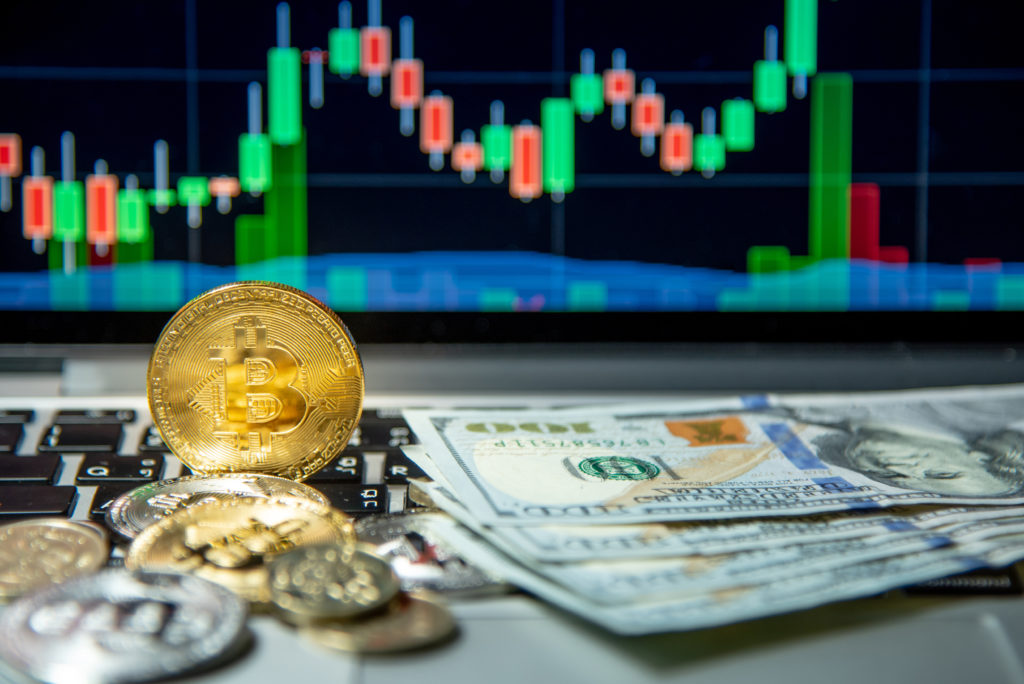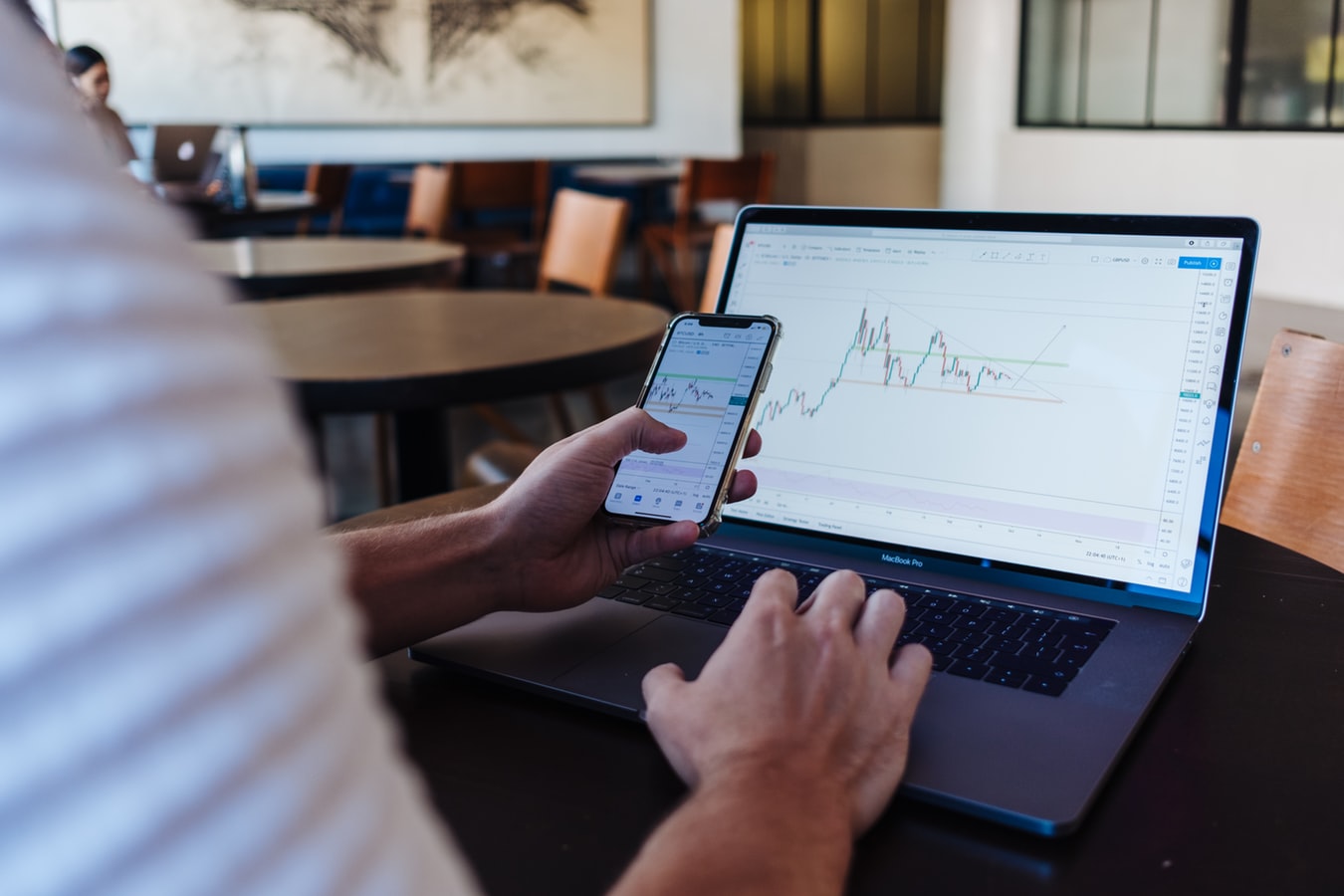
Almost all traders are aware of high risks,associated with day trading. Despite this, many continue to act actively, despite regular failures and loss of money. We examined the reasons for this behavior and ways to increase efficiency.
Amazing facts about the activities of traders
Many people begin to make speculative transactions inhoping to get rich quickly. In addition, it is difficult to resist the alluring attractiveness of working for yourself in conditions of comfort with the false idea of \u200b\u200b“easy money”,earned from huge fluctuations in cryptocurrencies.
The truth is that day trading is extremely complex and emotionally burdensome. It would rather destroy the life of the trader than enrich it.
According to statistics, 95% of the dailytraders fail. 80% leave the market during the first two years, withstand only 13% for three years, and only 7% overcome the five-year threshold. At the same time, the average annual profitability index of active traders is 6.5% lower than the average market.
According to statistics, only 1.6% of day tradersmake a profit at the end of the year, although their share accounts for 12% of all trading activity. Some continue to trade even after 10 years with negative results and a clear lack of ability.
This is due not only to poor preparation, but alsowith neglect of the psychological component, when emotions encourage you to move away from the system and perform impulsive actions, and some of the participants treat the process simply as a game of chance.
Market specifics
Despite the fact that financial markets havesome similarity among themselves, yet each has its own characteristics. Some traders who have successfully conducted activities in another market, switching to cryptocurrency, fail, because it has slightly different rules of the game.
According to an expert from the Internationalfinancial center" Gaidar Hasanov, if we are talking about classic exchanges where shares of world companies are traded, then you can find comprehensive information on them and apply both fundamental and technical analysis to make a decision regarding investments or speculation. But the crypto market is still young and does not have the proper statistics to conduct a qualitative analysis, and decentralization only aggravates the situation, since it makes it almost impossible to track the total traded volume.
In addition, this market is very risky due tohigh volatility. It is also worth considering that in recent times the Bitcoin exchange rate has become dependent on geopolitical factors and is gradually gaining the status of a reserve asset.

Impact of random reinforcements
A less visible cause of failure is the principlerandom reinforcement, which explains persistence even after repeated failures. This concept assumes that a person uses random events to confirm (or refute) his hypothesis or idea, attributing the influence of his skills or their absence to a result that is actually unsystematic.
Thus, the luck factor can have a strong impact on the behavior of an active market participant, rewarding him for strategically incorrect actions or punishing him for correct ones.
For example, a trader bought a cryptocurrency, readforecast in the expert’s social network and followed his advice and made a profitable transaction. After that, he several times listens to third-party recommendations, making money on them, and begins to believe in himself, considering himself a talented speculator. The problem is that in fact acting without a system, he will continue to take impulsive steps, which will ultimately lead to a loss of capital.
Another option is possible, when the trader spends a long timeI spent time preparing, developed the right strategy with the right portfolio composition and risk management plan, but irrational market behavior leads to a series of failures. As a result, he begins to doubt his system and make risky trades that are against the rules but bring profit. By allowing the market to continue to manipulate his actions, he will face the negative consequences of neglecting risks.
In 2017, everyone was brilliant traders.
The concept of random reinforcement was clearlyexpressed during the cryptocurrency boom, when the continuous growth of the market was confused with personal abilities. At that time, everyone was successful, just investing in a digital asset, and then selling it at times more expensive.
But the subsequent protracted recession returned amateur traders to reality, pointing to the irrationality of their actions. Many simply could not sell their assets or acted blindly, losing everything.
Success is the key to success
The key to success in the cryptocurrency market lies in understanding market dynamics and focus on long-term success, so traders need to adhere to the basic rules:
- No more than 1% of the portfolio should be at risk in any single transaction.
- Regularly check and adjust the plan for a long period of time, analyzing hundreds of transactions.
- Choose the optimal trading style for yourself.
- Do not forget about money management.
At the same time, it is necessary to take into account that gooda transaction is considered to be one in which the trader planned his actions, followed the developed algorithm and managed risks. In this case, quality is not determined by the absolute result.
</p>



